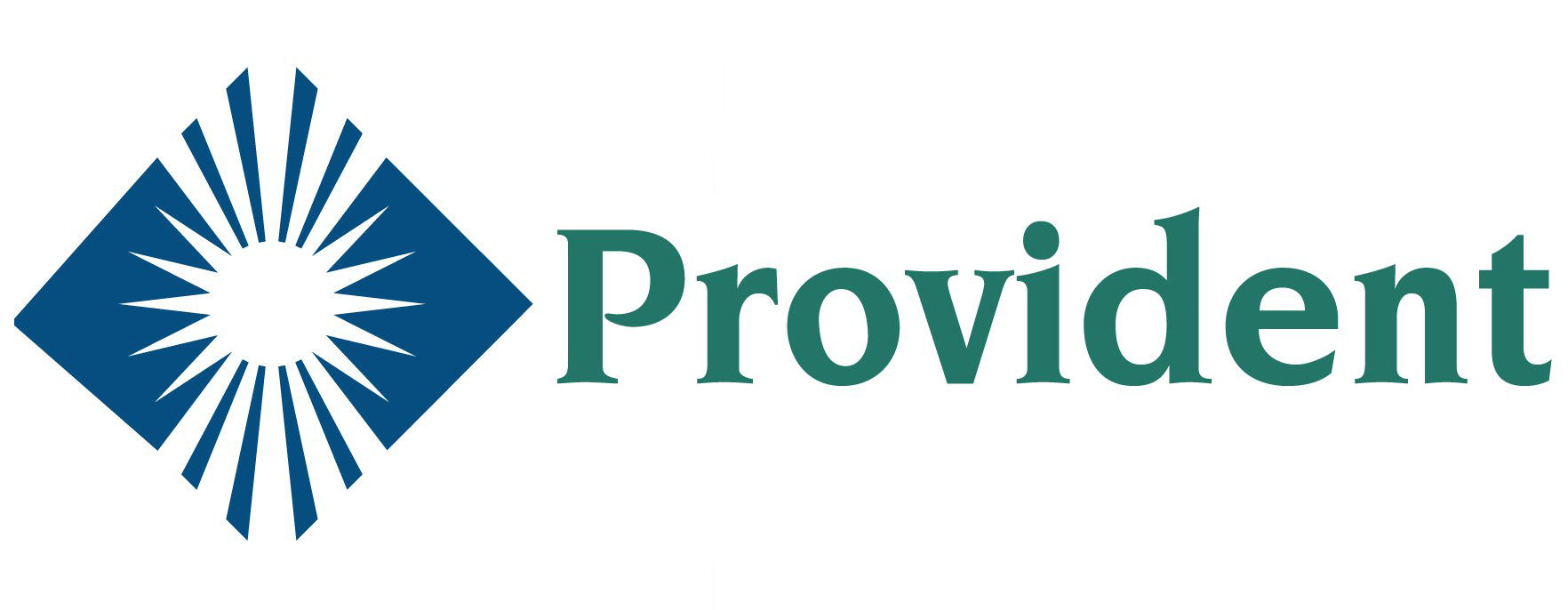Understanding Primary Care’s Consolidation: Partnership Motivations & Trends
Published August 2016
Primary care’s impact on the healthcare ecosystem is continuously evolving and the increasing importance of primary care services is no longer just recognized from an operational perspective, but also from a financial perspective, leading to increased consolidation activity within the industry. Looking at primary care’s function historically, the main role of a provider was diagnosing a patient’s medical condition and then passing the patient along to the appropriate specialist who would assume care services; resulting in minimal coordination among providers, lack of execution/structuring of treatment plans, and high-risk for re-hospitalizations. Therefore, the historic merger and acquisition environment within primary care involved health systems and larger strategic players*, bidding to acquire providers in order to accumulate a larger patient population and drive referral streams to highly-reimbursed sub-specialists, rather than acquisitions serving as a catalyst to improve patient care. The current model for primary care is in a transitionary period and there has been an emergence of value-based reimbursement methodologies, subsequently placing primary care physicians as the “quarterback” of effective care. Since healthcare is very localized, this evolution is more apparent in certain geographies, however the Centers for Medicare and Medicaid Services anticipates 90% of Medicare payments will be tied to quality-based programs across the country by 2018. The push for this movement has squeezed out smaller medical groups who do not have the means to continue running their practices efficiently (IT improvements, billing and coding requirements, EHR systems, development of care coordination teams, etc.). This has spurred consolidation activity for traditional, typically smaller, primary care providers who seek a transaction as a means for pay stability and reducing the increasing burdens of running a practice. At the same time, organizations that are well-positioned to handle risk contracts are recognizing the opportunity to take advantage of a competitive buyer environment and the ability to further introduce emerging payment methodologies that reward physicians’ ability to achieve the “triple-aim” (improved health, affordability, and patient experience through increased access and care coordination). In regard to the competitive buyer environment, it is rapidly progressing as payors and private equity firms**, along with traditional partners in strategics and health systems, are considered viable partners for primary care organizations. Within the last 12 months there has been a significant increase in the number of primary care investments among each potential partner type.
Report Summary
• The Evolving Options Available for Primary Care Providers
• Health Systems
• Payors
• Strategic Companies
• Private Equity
• Concluding Thoughts
Provide your information below to access this document.
